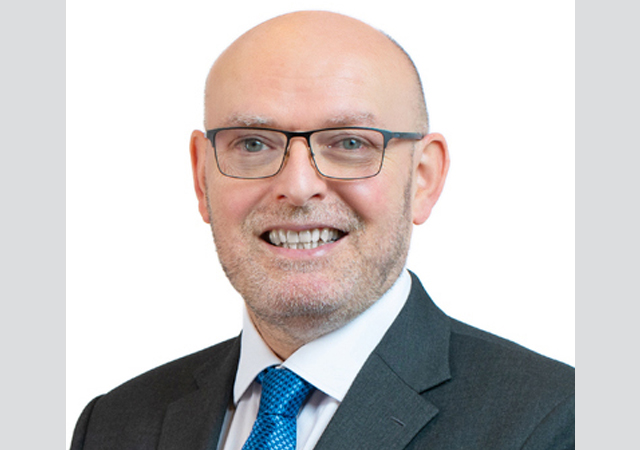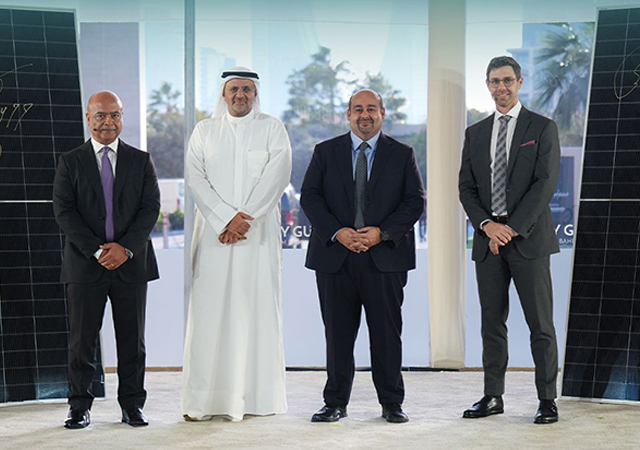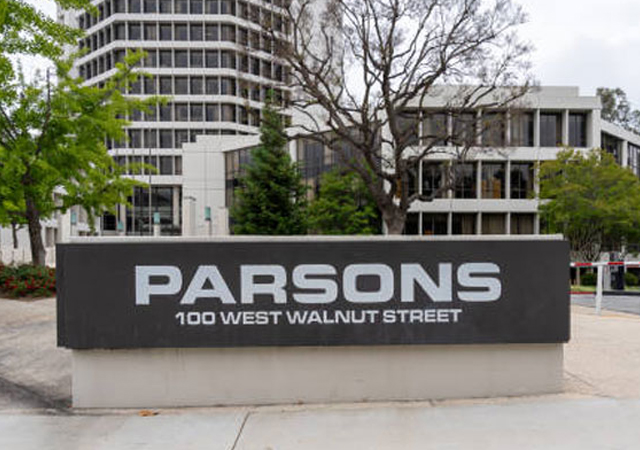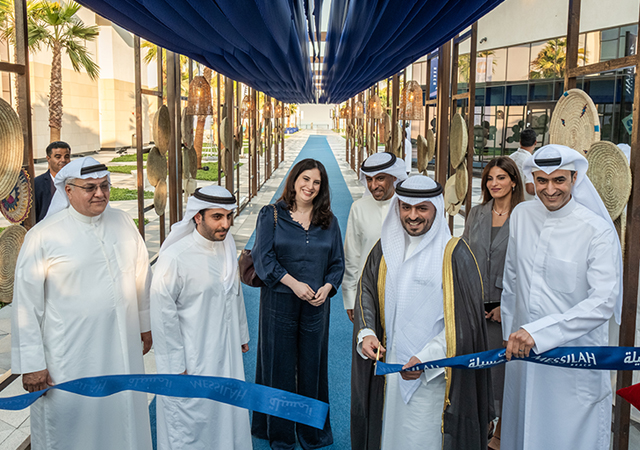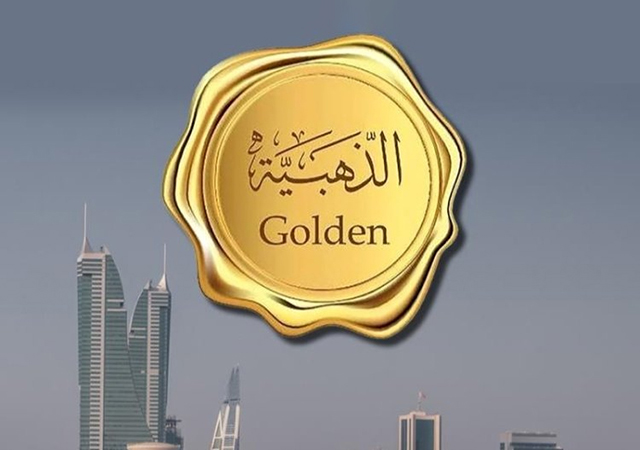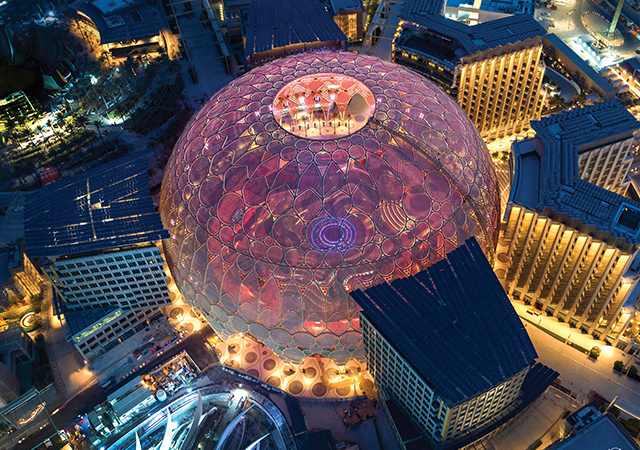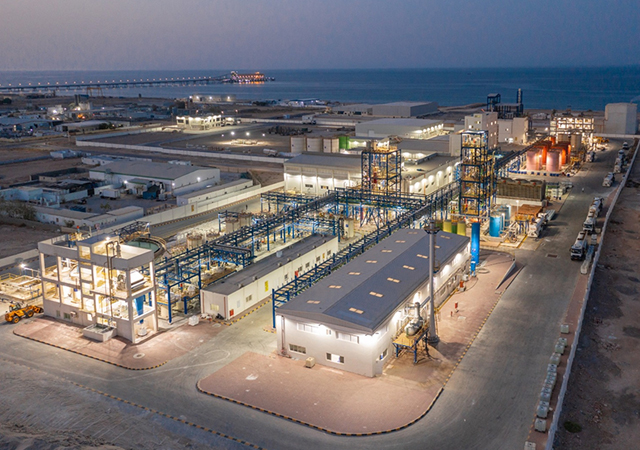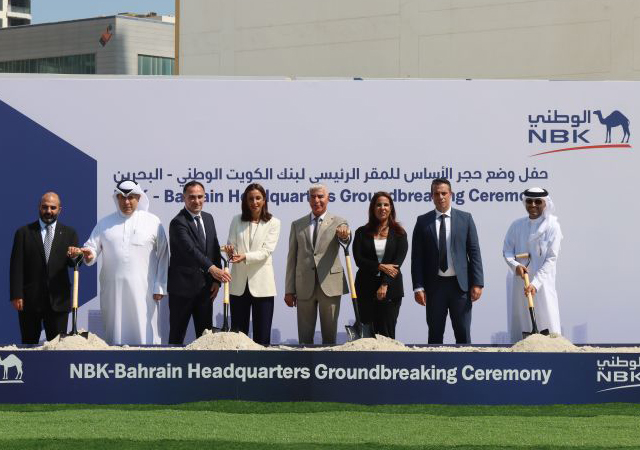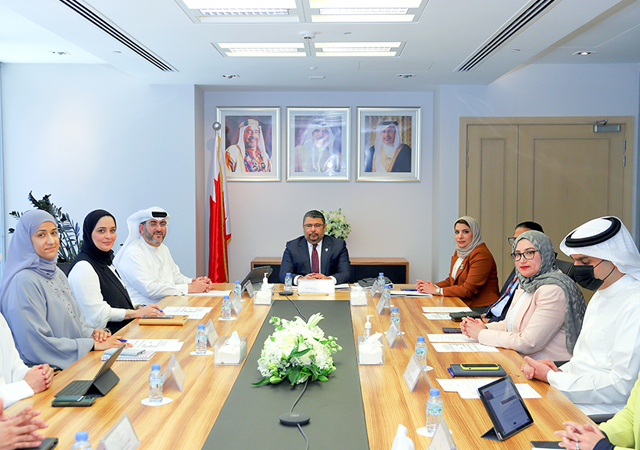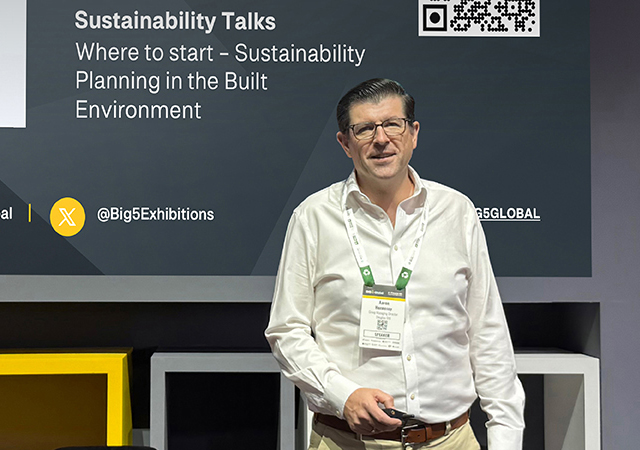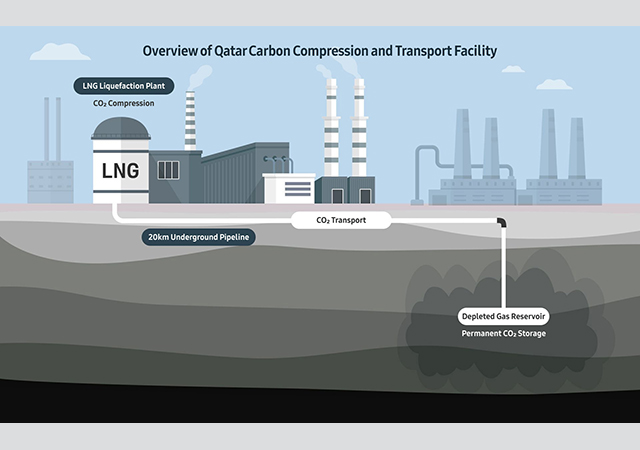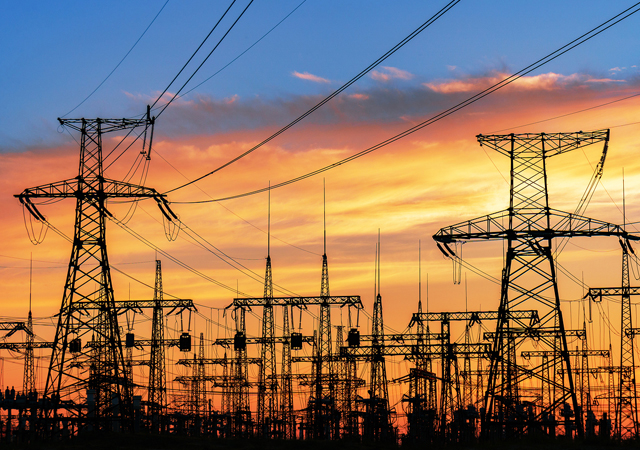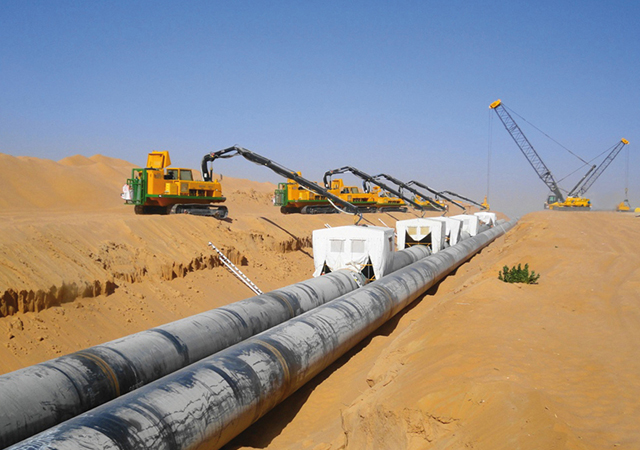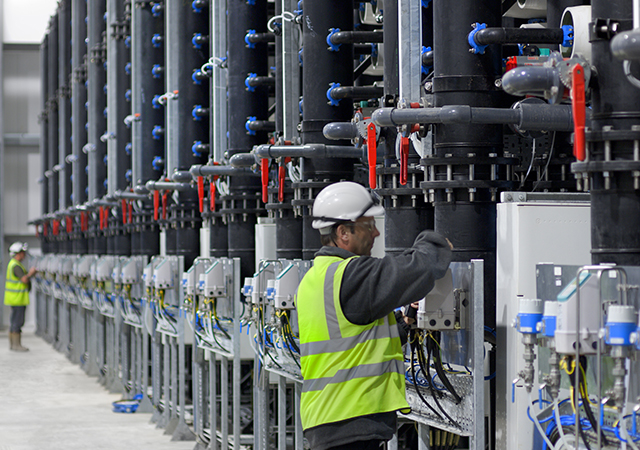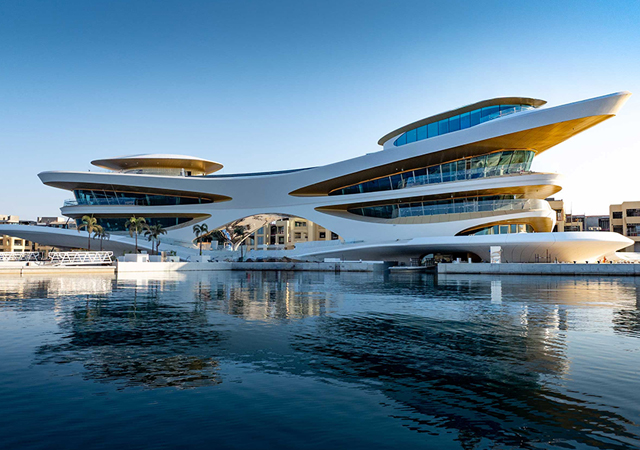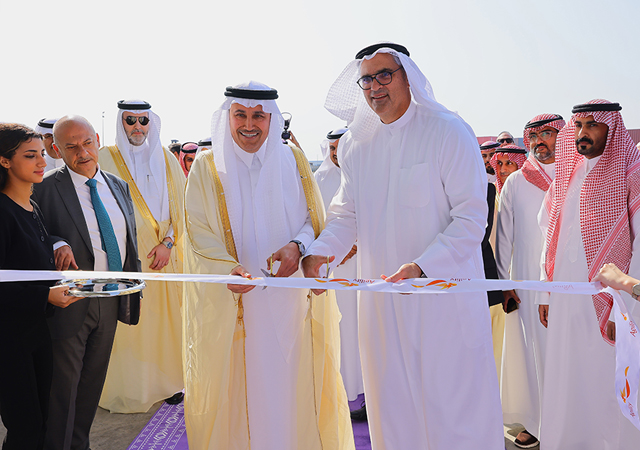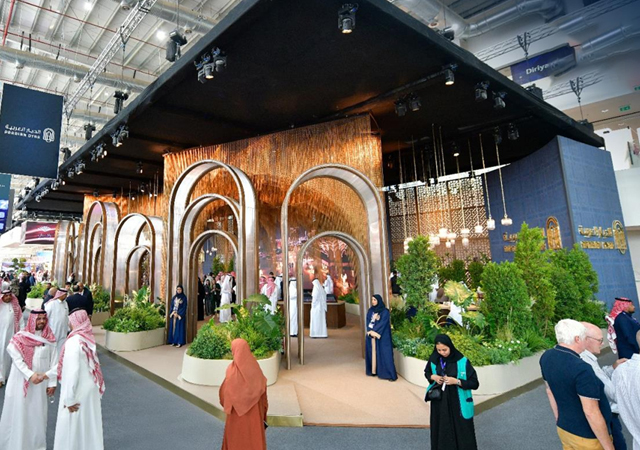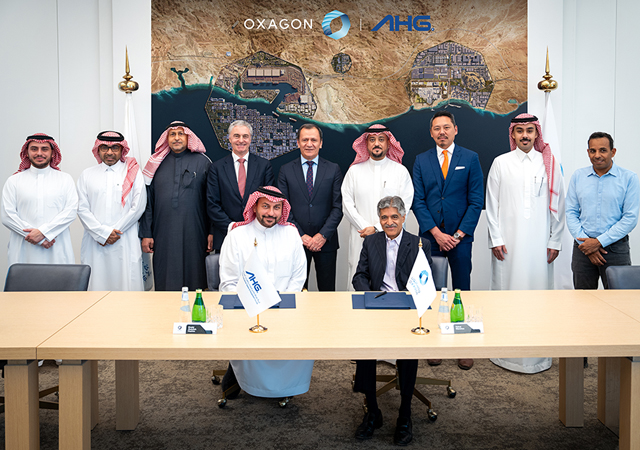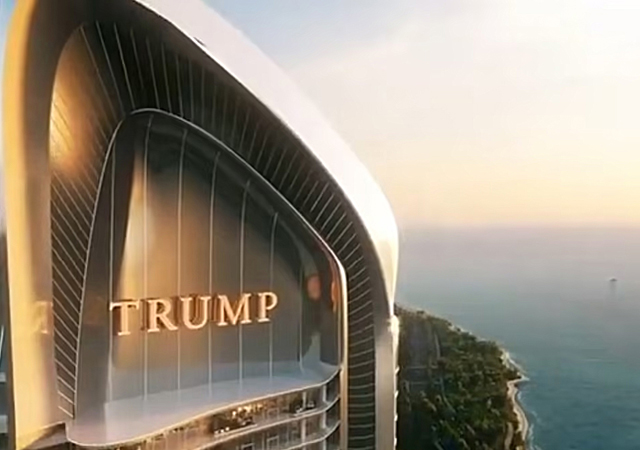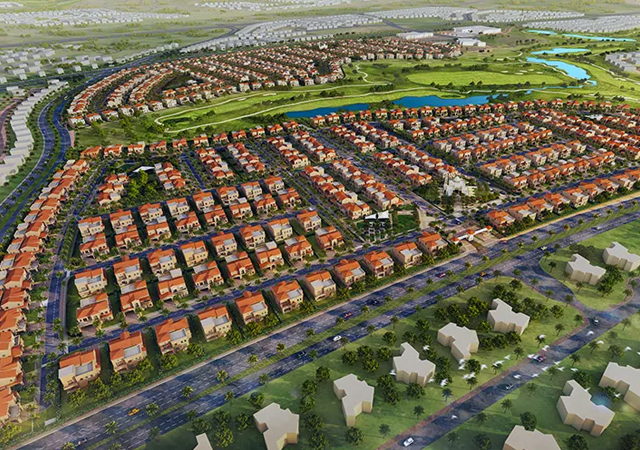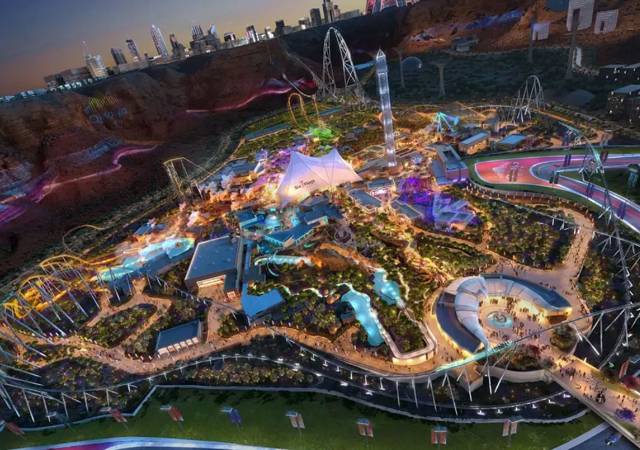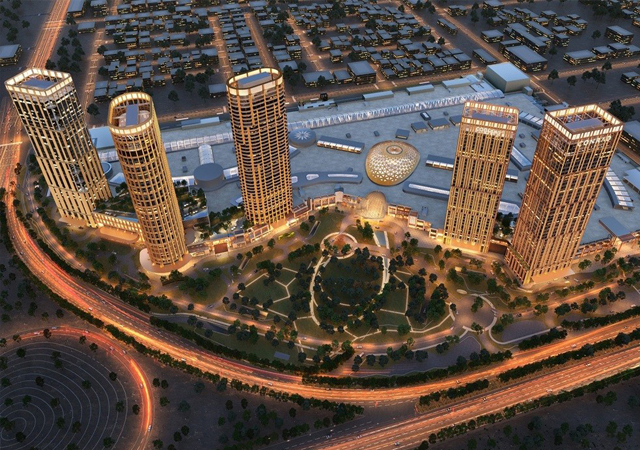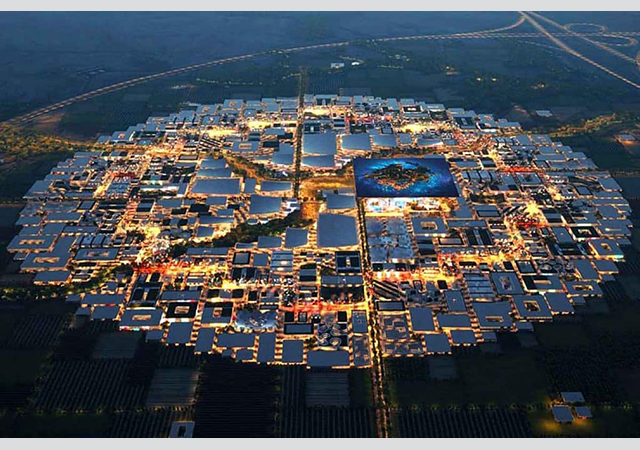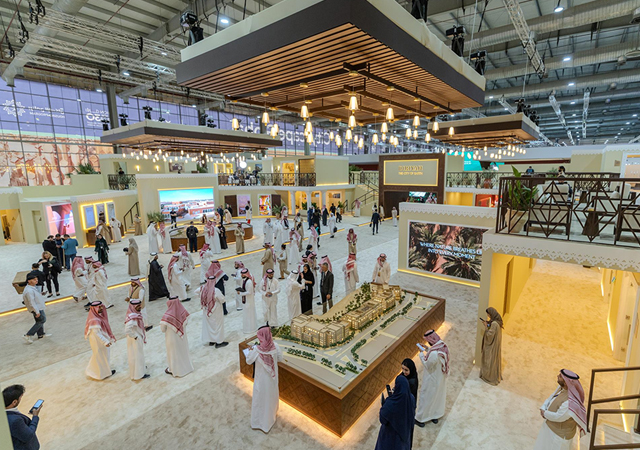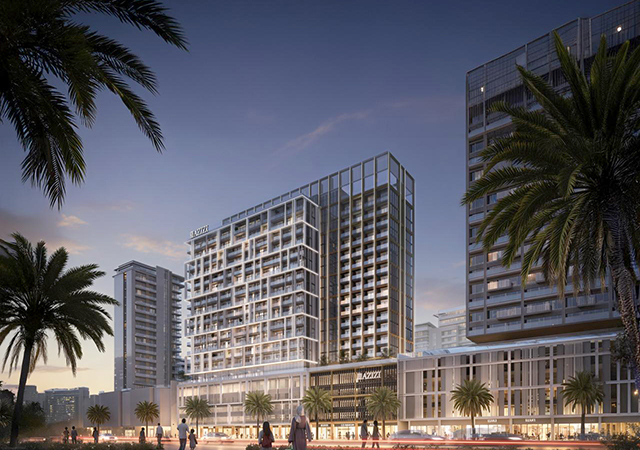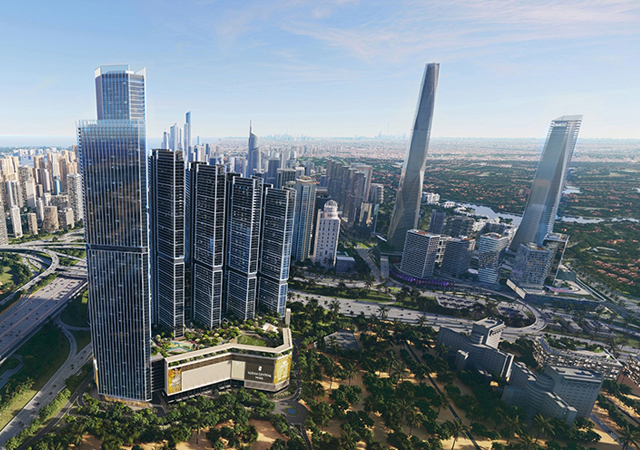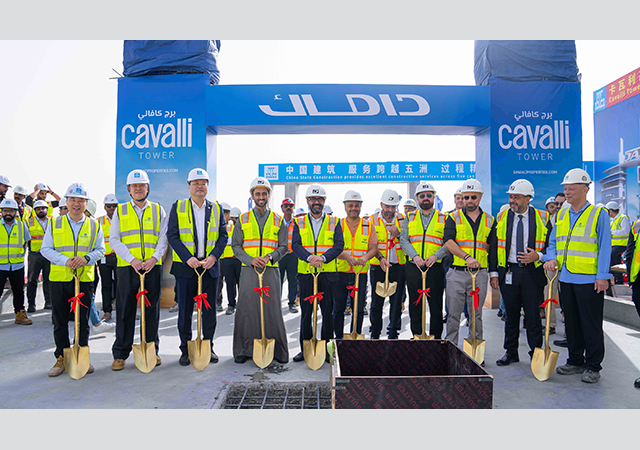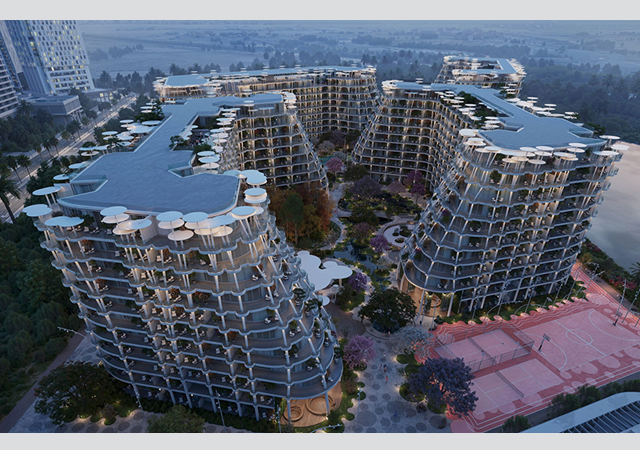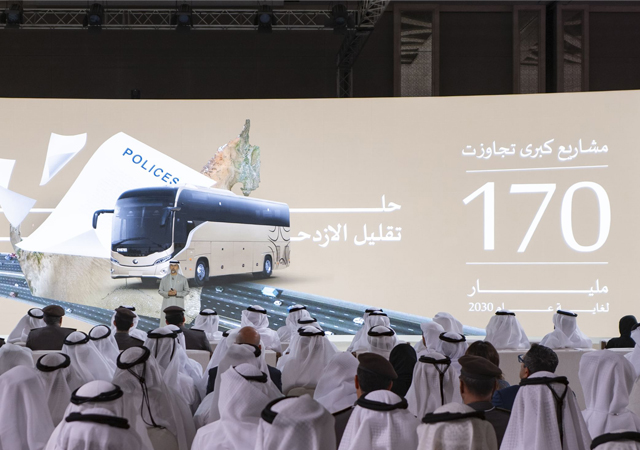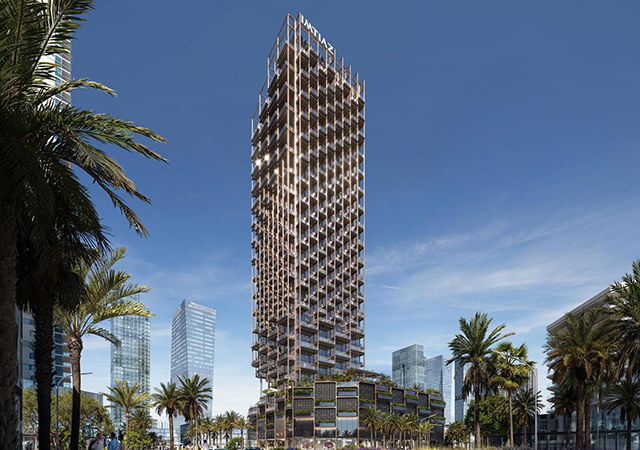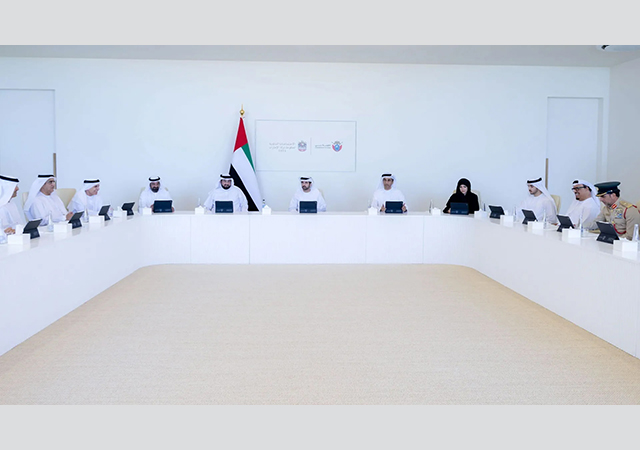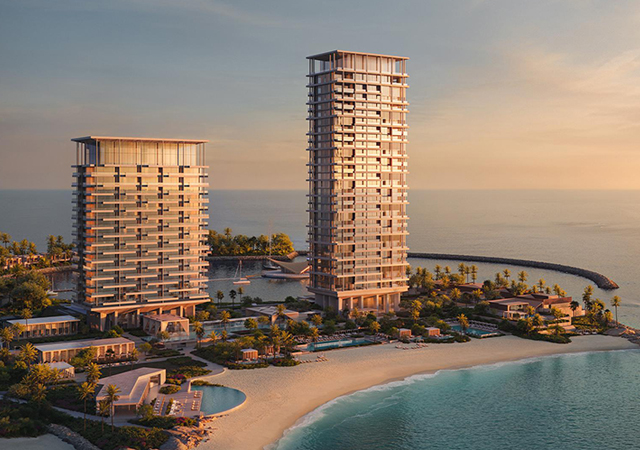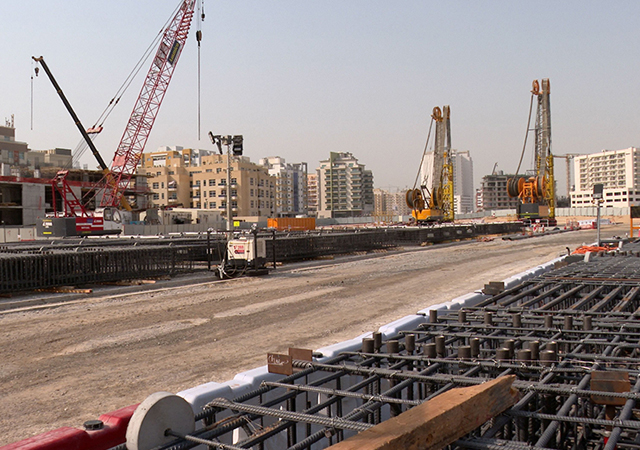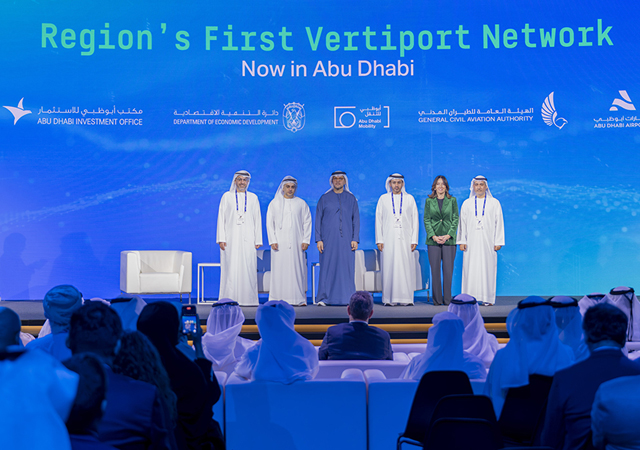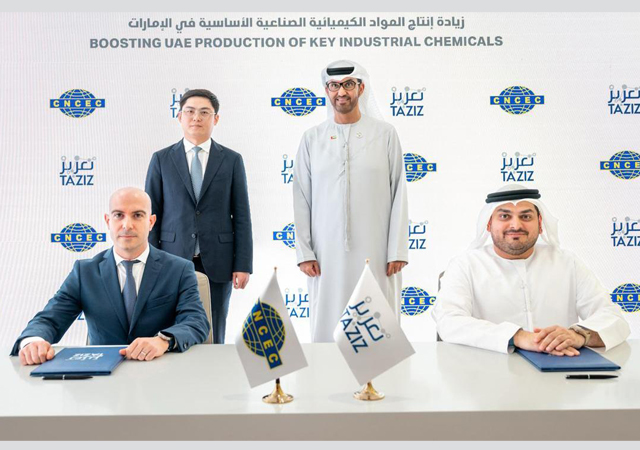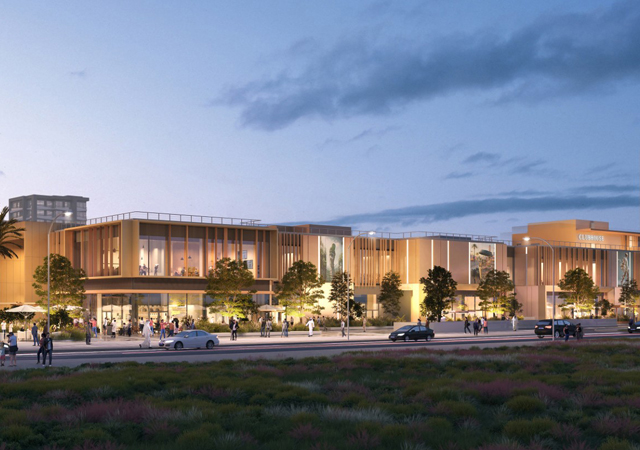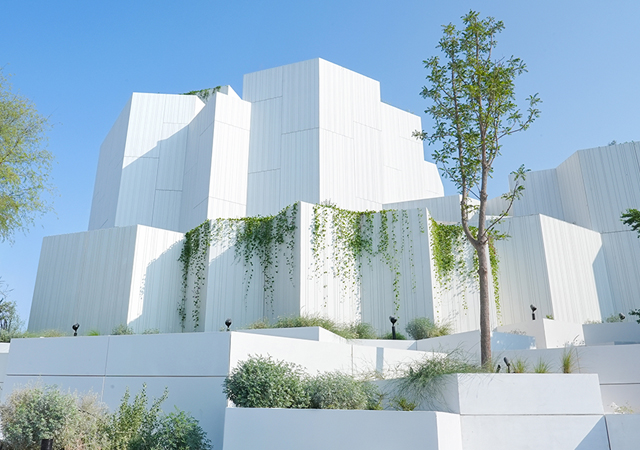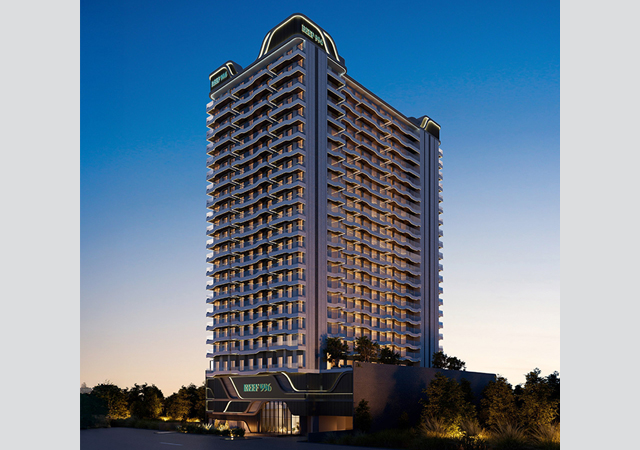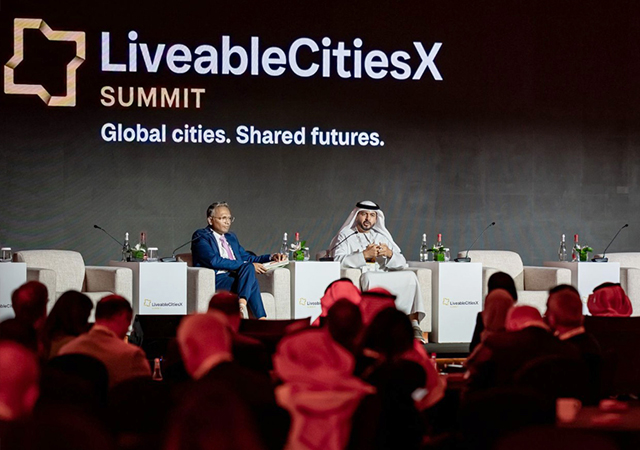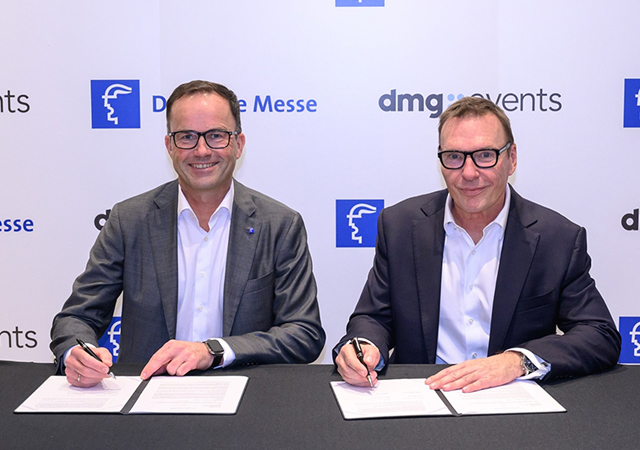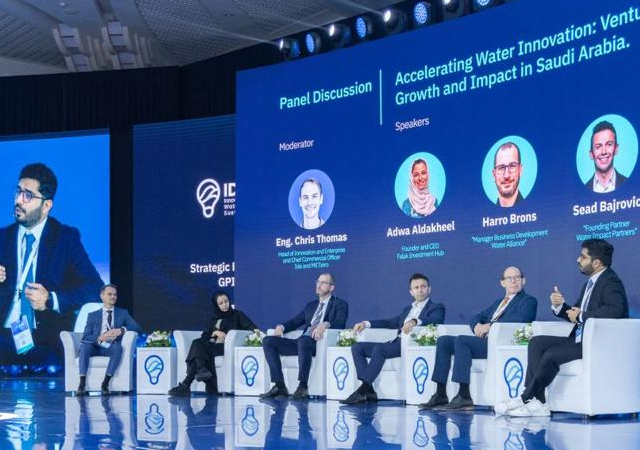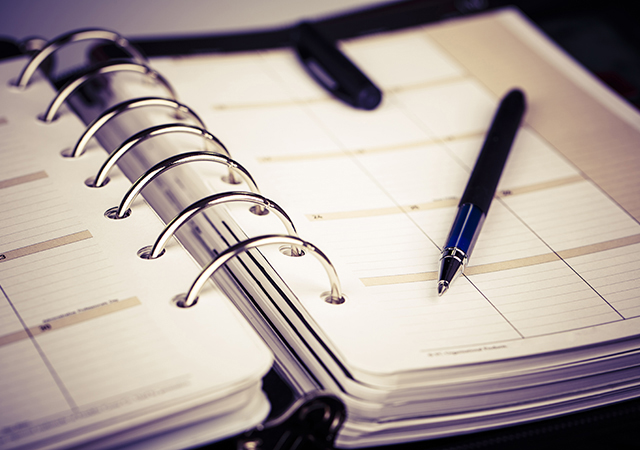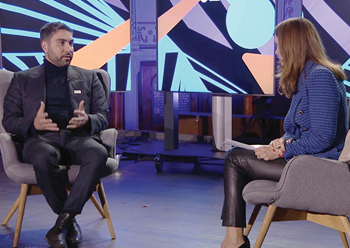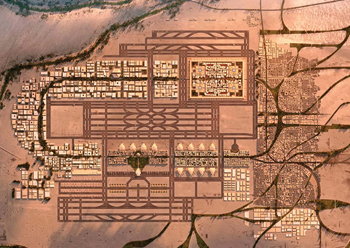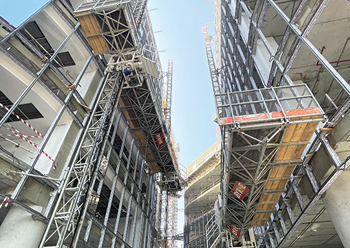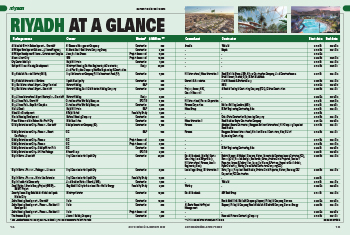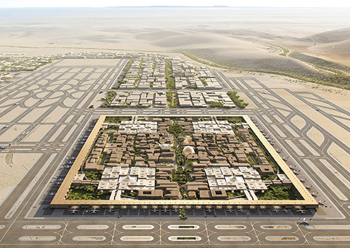
 The proposed King Salman International ... set to be one of the largest airports in the world.
The proposed King Salman International ... set to be one of the largest airports in the world.
Riyadh is firmly at the centre of the booming Saudi construction market, despite the plethora of mega projects being undertaken across the kingdom. Now with its ambitions to host the Expo 2030 world fair, Saudi Arabia is gearing to step up the pace in a bid to transform the capital into a major global metropolis.
According to the CEO of the Royal Commission for Riyadh City Fahd Al-Rasheed, Saudi Arabia is investing $400 billion in transforming the city and more than doubling its population of eight million to 15 to 20 million people by 2030. Going by this figure and comparing it with estimates for the volume of projects in the pipeline for the entire kingdom – $1.1 trillion – more than a third of the projects by value are earmarked for the capital city.
Among the most recent awe-inspiring project announcements were plans for one of the largest airports in the world – King Salman International Airport – and a megatall tower soaring a whopping 2 km into the capital’s skies. If Saudi Arabia is successful in its bid to host the Expo 2030 world fair, some $8 billion will be earmarked to develop the proposed Expo site (see Page 7).
The proposed megatall tower, which reportedly will be developed by Saudi Arabia’s sovereign wealth fund Public Investment Fund (PIF), will be part of an 18-sq-km masterplanned development to the north of Riyadh. More than twice the height of the world’s tallest building Burj Khalifa in Dubai, the proposed tower is expected to come up on an area west of the existing King Khalid International Airport.
 |
|
Diriyah redevelopment ... the $50.6-billion programme recently saw the opening of the historic At-Turaif district – a Unesco World Heritage Site and Bujairi Terrace. |
Three – Diriyah, Qiddiya and Roshn – of the five giga projects launched earlier by the PIF are also located in the capital and have been designed to a create a destination with diverse attractions – cultural, historic, adventure and thrills, entertainment – while addressing the social housing needs of the kingdom.
Among other plans, Riyadh is developing the first non-profit city in the world – the Prince Mohammed Bin Salman Non-Profit City, which is expected to be a model for the development of the non-profit sector globally and an incubator for youth and volunteer groups as well as local and international non-profit institutions.
In addition, various mega projects – such as the Green Riyadh, one of the largest urban greening projects in the world which involves planting of more than 10 million trees; Sports Boulevard, which aims to encourage the citizens of Riyadh to follow a healthy lifestyle through exercise and participation in various sporting activities; the King Salman Park, which aims to transform the King Salman Air Base (the old Riyadh Airport) into one of the largest city parks in the world; and Riyadh Art – are part of the Saudi Vision 2030 plan to position Riyadh among the world’s top 100 most livable cities.
Speaking at Saudi Arabia’s Misk Foundation Youth Majlis at the World Economic Forum in Davos last month, Al-Rasheed described the capital as “a global metropolis” as he showcased the diversity and potential of the city.
 |
|
Riyadh Metro ... set for launch this year. |
Al-Rasheed said: “Riyadh is an incredibly successful global city. It is among the 40 largest city economies in the world. Eight million people. A global metropolis with more than one-third of the population coming from outside Saudi Arabia.”
He revealed that the city has over 30 mega projects under way including Qiddiya, Diriyah and some global sustainable examples such as green Riyadh, King Salman Park, and the metro are some of them. “We’re closing in on many of them, especially the metro,” which he said would be launched soon.
The $23-billion Riyadh metro – comprising six lines spanning a total length of 176 km, with 85 stations – is the largest single-phase public transport project ever developed. It is part of the King Abdulaziz Public Transport Project in Riyadh, which is expected to be inaugurated shortly this year in several phases. The bus service is scheduled for launch by the end of March, with the metro to follow thereafter, a source close to the project told Gulf Construction.
 |
|
The proposed headquarters of the Mohammed bin Salman Foundation (Misk) Foundation. |
Diriyah
The $50.6-billion project to redevelop Diriyah, the ancestral home of the House of Al Saud and the birthplace of the modern Saudi Kingdom, has recently been ranked among the five giga projects in Saudi Arabia, according the development its due importance in view of its scale and prominence in the kingdom’s history.
The programme to restore, preserve and celebrate Diriyah as the beating cultural heart of Saudi Arabia recently opened two key anchoring components: the historic At-Turaif district – a Unesco World Heritage Site, which has been restored to its former glory and enhanced with a collection of museums – and Bujairi Terrace, a 15,000-sq-m dining destination built in a traditional Najdi architectural style that hosts a collection of the world’s premium food and beverage (F&B) brands ranging from international fine dining to authentic Saudi cuisine including four Michelin-starred restaurants Bruno, Tatel, Hakkasan and Long Chim.
Construction work is now in progress on a mega, multi-level car-park, and Diriyah Gate, the mixed-use part of the giga-project featuring history and heritage assets at its core, enriched by entertainment, shopping, hospitality and residential elements.
Recently, Binyah, a subsidiary of Saudi real estate group Al Akaria, secured the enabling works contract for the second phase of Diriyah Gate (DG II) project.
The Diriyah redevelopment programme also involves transforming Wadi Hanifah, one of Saudi Arabia’s most iconic oases, into a nature-based escape from Riyadh’s bustling city centre. Plans for Wadi Hanifah involve the restoration of 2 sq km of palm groves containing hundreds of thousands of trees from species native to the wadi, as well as creating new parks with walking trails, biking tracks, outdoor games areas and picnic spots.
Wellness spaces, activity and eco-tourism attractions will be at the heart of the wadi’s enhancements, which aim to improve the quality of life for local residents and visitors.
The wadi is situated near At-Turaif and has easy access to the escarpment walkway which provides unparalleled views of the earthen structures of Najdi architecture.
Meanwhile, Diriyah Gate Development Authority (DGDA) which is spearheading the redevelopment programme, said the first phase masterplan of its giga-project has been awarded Platinum-level precertification for the Leadership in Energy and Environmental Design (LEED) accreditation by the United States Green Building Council (USGBC).
 |
|
An artist’s perspective of the Qiddiya Water Theme Park project. |
Qiddiya
Work is progressing on a number of fronts at Qiddiya, a futuristic destination in the Saudi capital, including on the water theme park, an artificial mountain and bridges within the development.
Located south-west of Riyadh, Qiddiya is expected to become the future capital of entertainment, sports and culture. The project is fully aligned with the core tenets of Vision 2030, the Saudi leadership’s overarching transformation blueprint.
The country’s first and the region’s largest water theme park is currently under development at Qiddiya. The Qiddiya Water Theme Park project marked one million manhours without lost time injuries in November last year. The park is being built by a joint venture of ALEC Saudi Arabia Engineering & Contracting and El Seif Engineering Contracting under a SR2.8-billion contract awarded early last year. Dewan is the lead design consultant on the water theme park.
The Qiddiya Water Theme Park will cover 337,948 sq m of land and include 22 rides, nine of which will be world-firsts. The expansive project will have nine distinct districts inspired by native animal and habitat, including Camel Rock, the Den, the Herding Grounds and Arabian Peak.
 |
|
Qiddiya ... work is under way on the bridges project. |
Meanwhile, Rizzani de Eccher is working on a package that involves supply of equipment, post-tensioning (through its sister company Tensacciai), engineering services and secondment of personnel for the construction of some bridges of the Qiddiya Project.
Rizzani de Eccher is also providing casting machines, gantry crane, launching girder and accessories for the prefabrication and erection of the bridge. Its bridge design department is cooperating with the designer to optimise the constructability of the bridge, to develop the shop drawings, the precast yard layout and the geometry control.
Work is also under way on the construction of Six Flags Qiddiya under a contract worth SR3.7 billion. It will feature several ‘world first rides’ including the signature attraction, The Falcon’s Flight, which is the tallest, longest and fastest roller coaster in the world.
Roshn & Housing
Thousands of homes are now being handed over by Roshn, a national community developer and a fully owned company of PIF, under the first phase of its first community project Sedra, where the developer has also launched the sales of 2,171 residential units within the second phase of this landmark project in Riyadh.
Located south of King Khalid International Airport, Sedra is an integrated, walkable community designed to enhance interaction between residents and encourage a healthy lifestyle with a variety of facilities such as green spaces, cycle tracks, hospitals, medical centres, schools, mosques and retail outlets.
Sedra includes both villas and apartments, with around 45 per cent of each plot within the apartments section being open space. A 2.8-km green stretch adjacent to a wadi gives the neighbourhood its unique character.
Homes in Sedra incorporate traditional designs with cutting-edge technology. They are also highly efficient, providing an average 18 per cent reduction in energy costs compared to comparable unit types, as well as a 17 per cent reduction in the cost of water, according to Roshn.
Apart from the housing units being built by Roshn, the state-owned National Housing Company (NHC) has partnered with a number of Saudi real estate companies to develop residential units in Riyadh.
Operating as the investment arm of the Ministry of Municipal, Rural Affairs and Housing, NHC has signed an agreement to finance and develop a new landmark city located 35 km northeast of Riyadh called Dahiyat Al-Fursan, which is already under way.
Among the companies it has signed up with are Retal Urban Development Company, which is building 759 residential units in the Al Fursan District I at a total investment of SR864 million for completion in early 2026; Sumou Real Estate Company, which is developing a residential project on a 82,482-sq-m plot within Dahiyat Al Fursan 1 and 2 at an investment of SR403 million also for completion by 2026.
Meanwhile, Dar Al Arkan is pushing ahead with Shams Al Riyadh, a 5-million-sq-m world-class facilities mixed-use project in the Saudi capital, where it has pioneered the use of 3D construction printed (3DCP) by completing the kingdom’s first such two-storey villa within the residential development.
Prince Mohammed Bin Salman Nonprofit City
Another major development is the Prince Mohammed Bin Salman Nonprofit City – the first of its kind in the world – which is being developed on a 3.4-sq-km area in Riyadh.
The vision for the city is to serve as model for the development of the nonprofit sector globally and as an incubator for youth and volunteer groups as well as local and international institutions.
Being developed by Mohammed bin Salman Foundation (Misk), the city’s general masterplan includes residential areas to accommodate nearly 18,000 people, and will comprise 500 villas and townhouses, as well as 6,000 apartments with multiple floor plans.
The city embodies a human-centered, advanced digital metropolis, designed to be sustainable and pedestrian-friendly. Over 44 per cent of the city’s total area will be dedicated to open green spaces.
The city is bounded by Wadi Hanifa to the north and the Irqah neighbourhood to the south, along Western Ring Road.
Commercial areas in Prince Mohammed Bin Salman Nonprofit City are estimated to cover more than 306,000 sq m, where the workforce is anticipated to reach approximately 20,000. Around 99,000 sq m have been allocated for retail, entertainment, and food and beverage outlets.
Among the first projects to be completed within the city is the new campus for Misk Schools. The 210,000-sq-m property comprises nine school buildings for 1,000 male and female students aged three to 18 years.
The city will also host a striking headquarters for the Mohammed bin Salman Foundation (Misk) Foundation, which is designed by Australian architecture and design practice Conrad Gargett.
On completion, Misk Foundation headquarters will include a boutique museum that showcases the Foundation’s journey, and also highlights the rich heritage of Wadi Hanifa.
 |
|
Sports Boulevard ... work is in progress on SR2.48-billion contracts. |
Sports Boulevard
Significant progress has been achieved on the first phase of Sports Boulevard, a 135-km lifestyle destination in the heart of Riyadh, with work under way on the contracts worth SR2.48 billion which were awarded in late 2031 to several Saudi national firms for the construction of roads, bridges, and infrastructure at the Hanifah Valley and the Art District. The giga-project’s stated goal is to ensure that Riyadh is recognised as one of the world’s top liveable cities by 2030.
The Sports Boulevard positions Riyadh as forward looking and resource efficient, combining innovative planning and design to regenerate and connect existing neighbourhoods. It will deliver on a new urban mobility framework to enable Riyadh’s residents and visitors to get access to an active lifestyle, wellness initiatives, and other innovative enterprises.



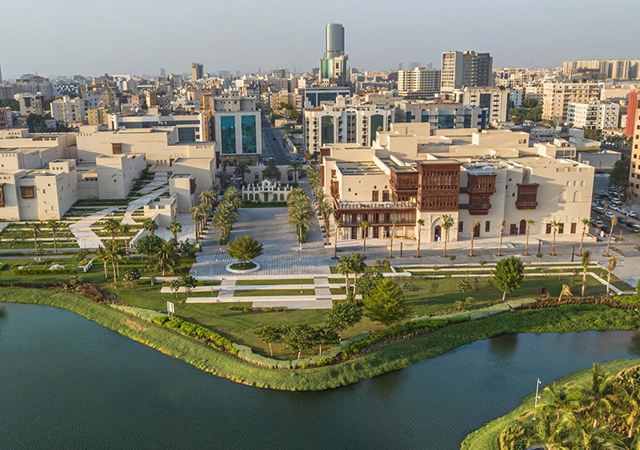
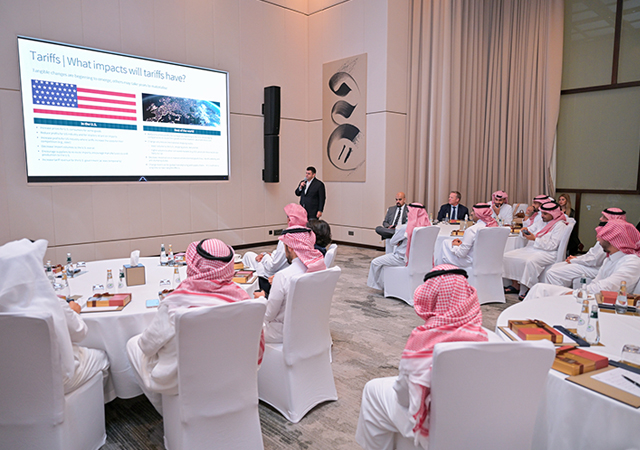
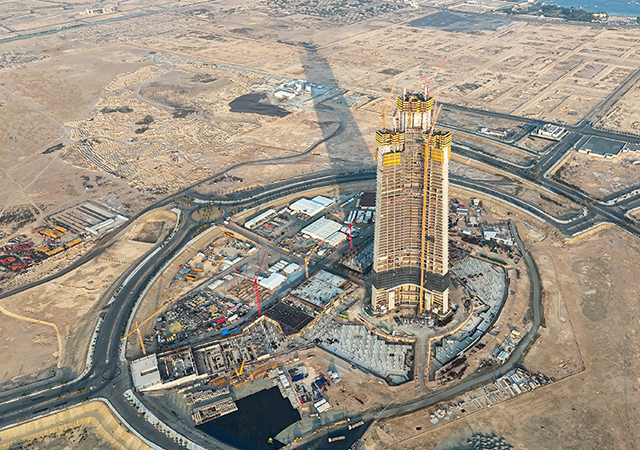
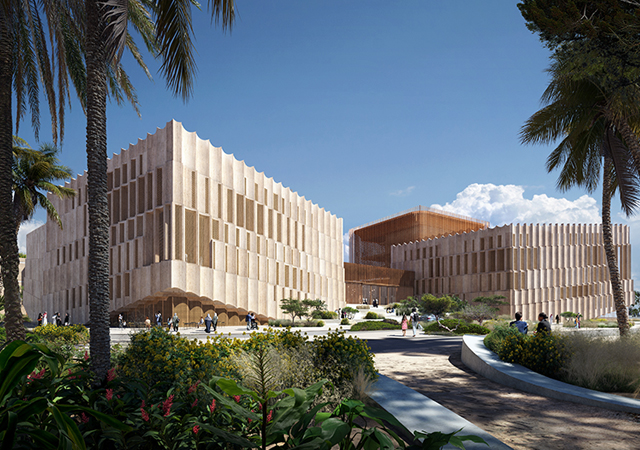
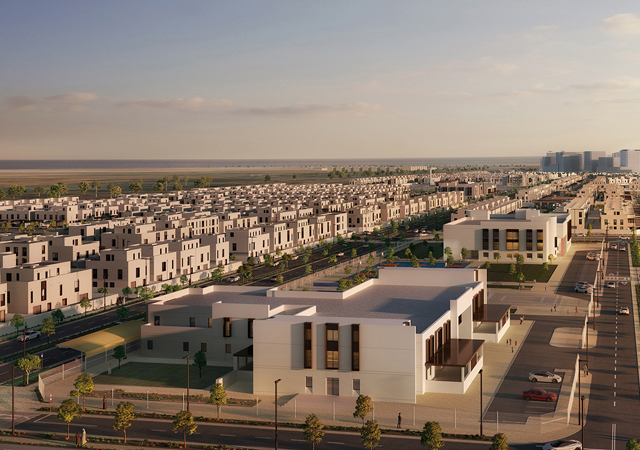
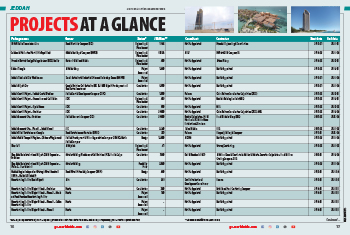
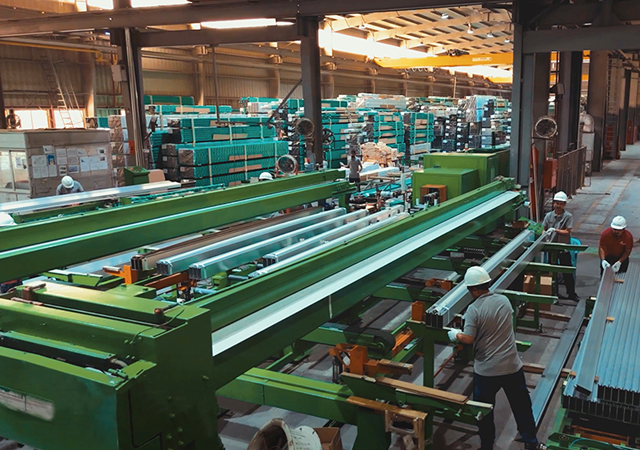

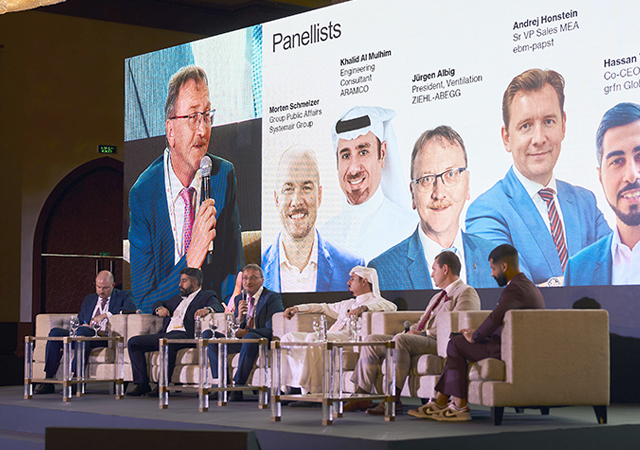
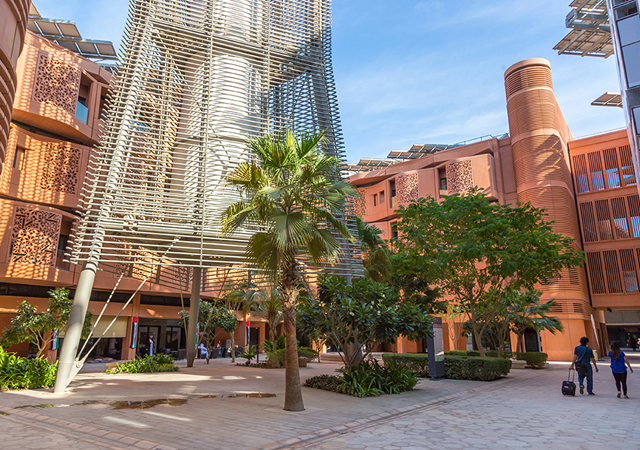
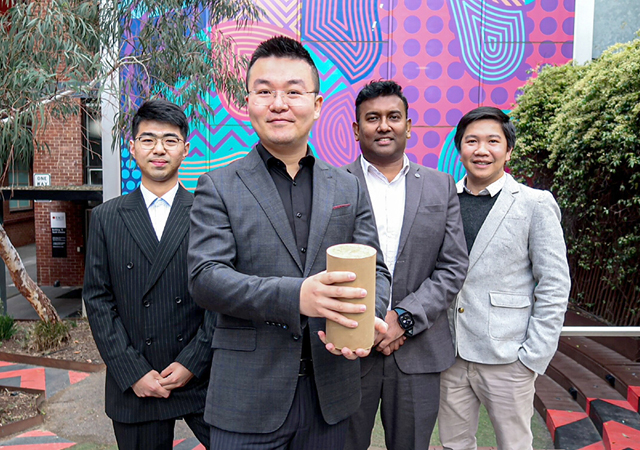
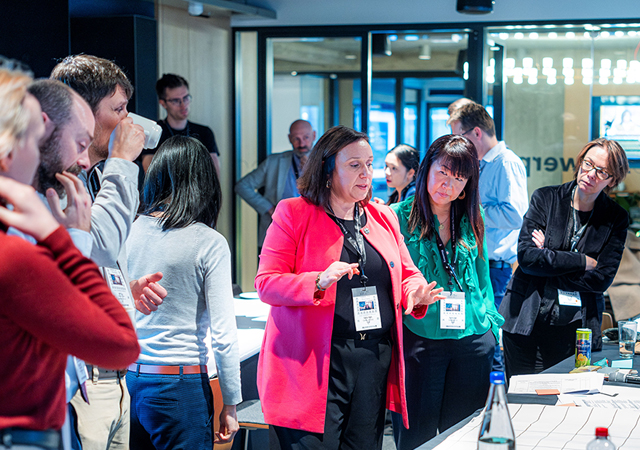
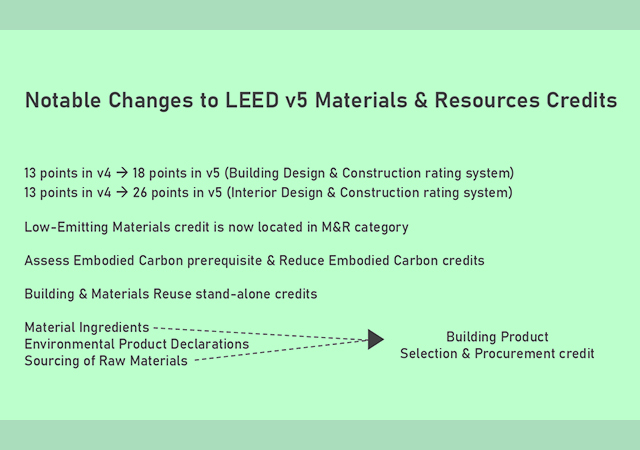
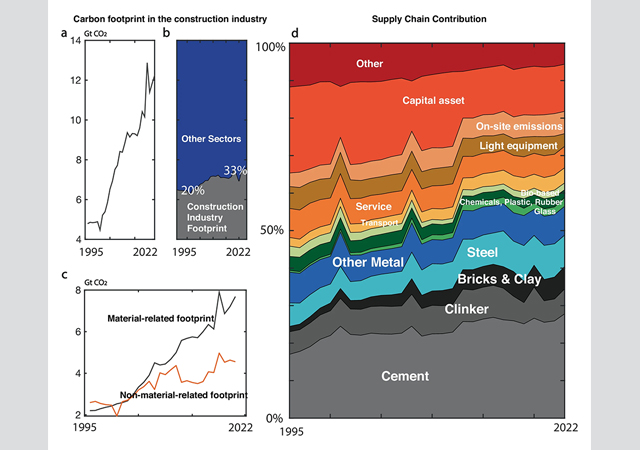
.jpg)
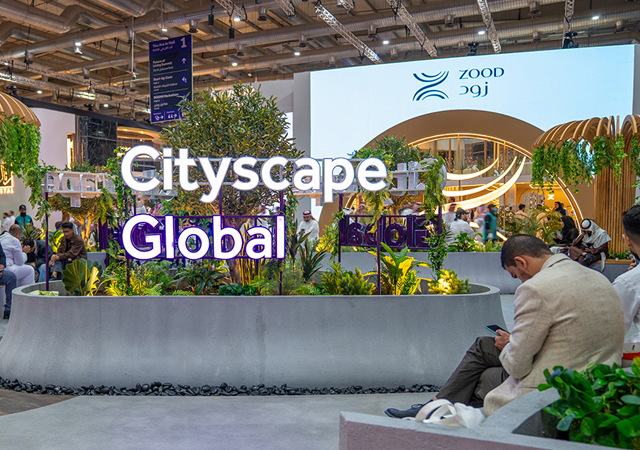
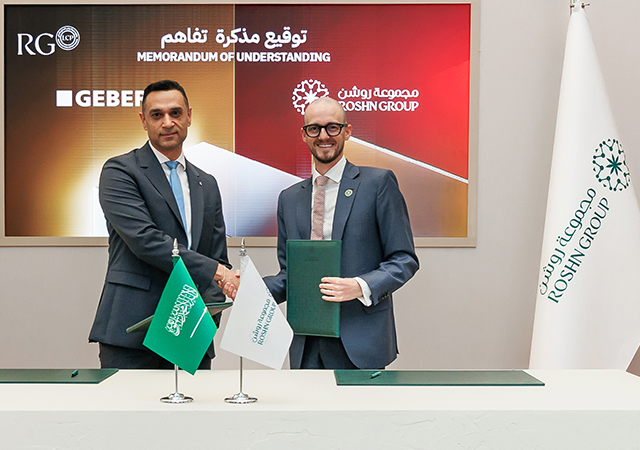
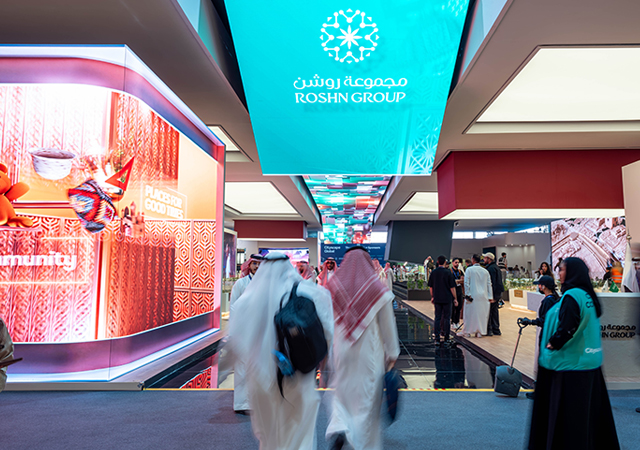
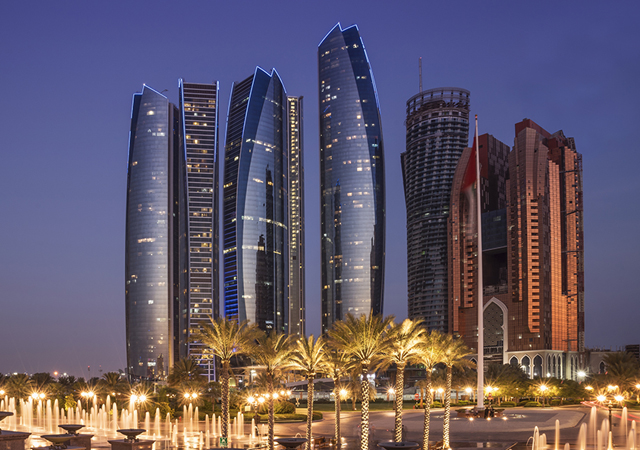
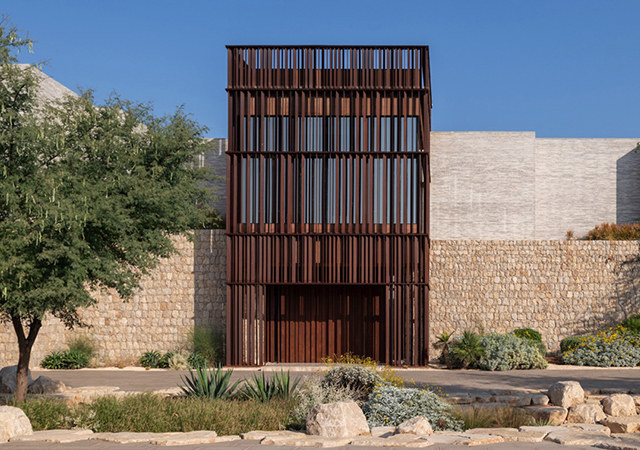
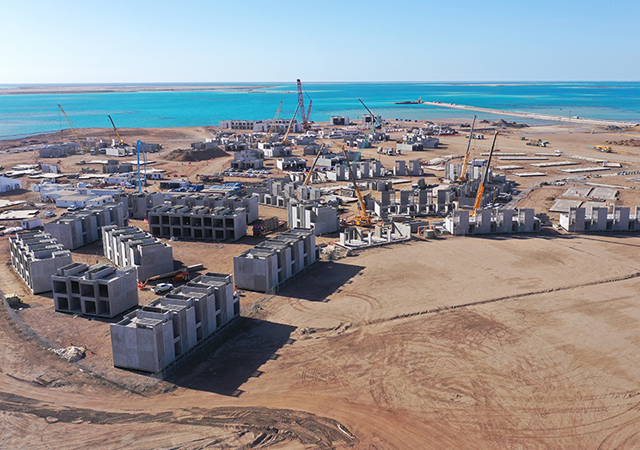
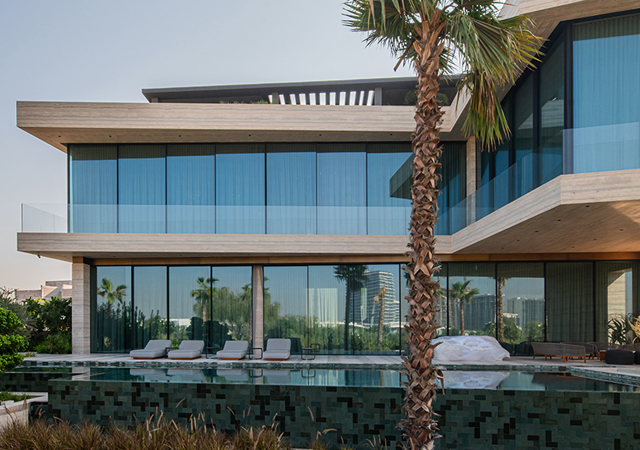
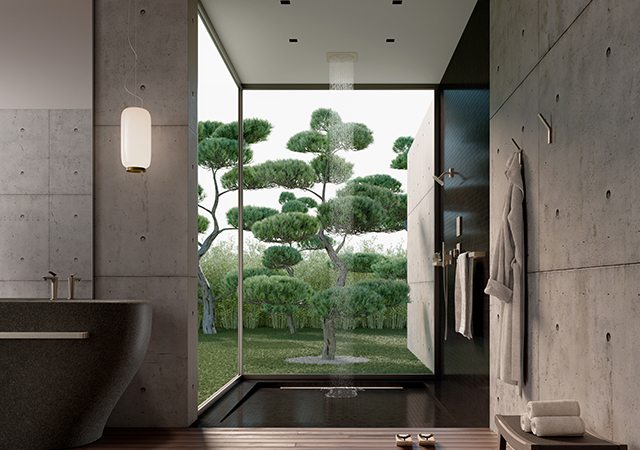

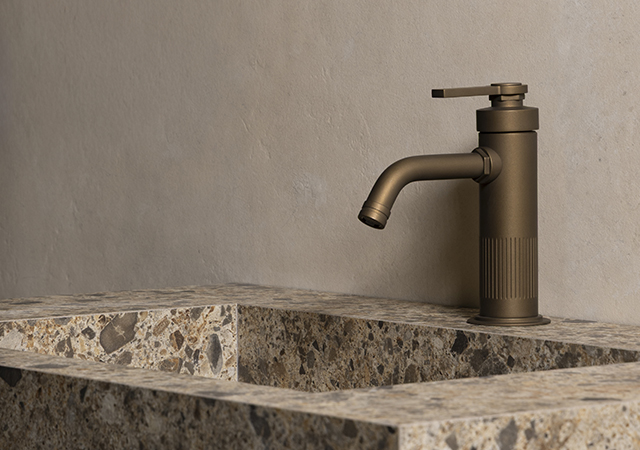

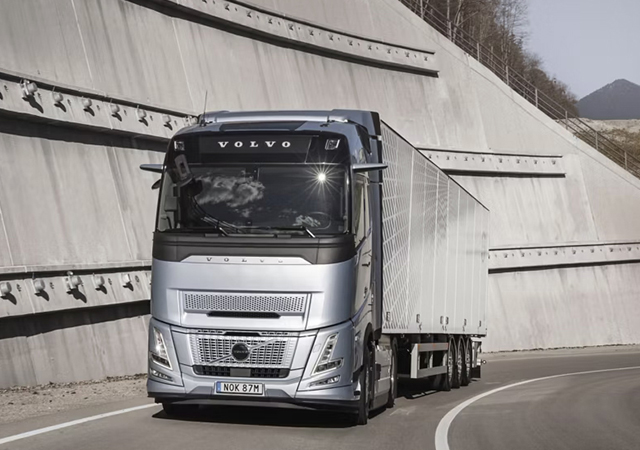
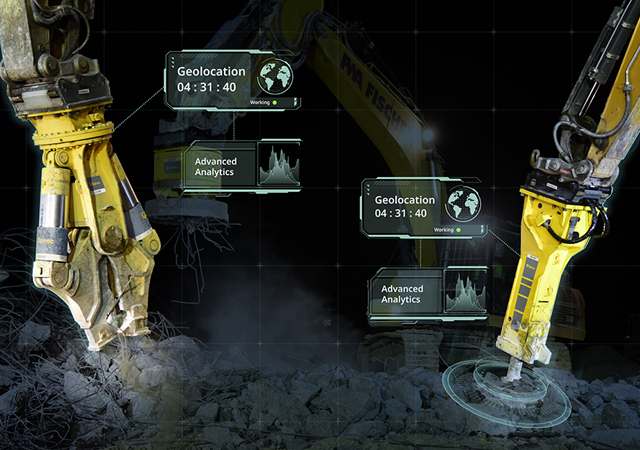
 (1).jpg)
